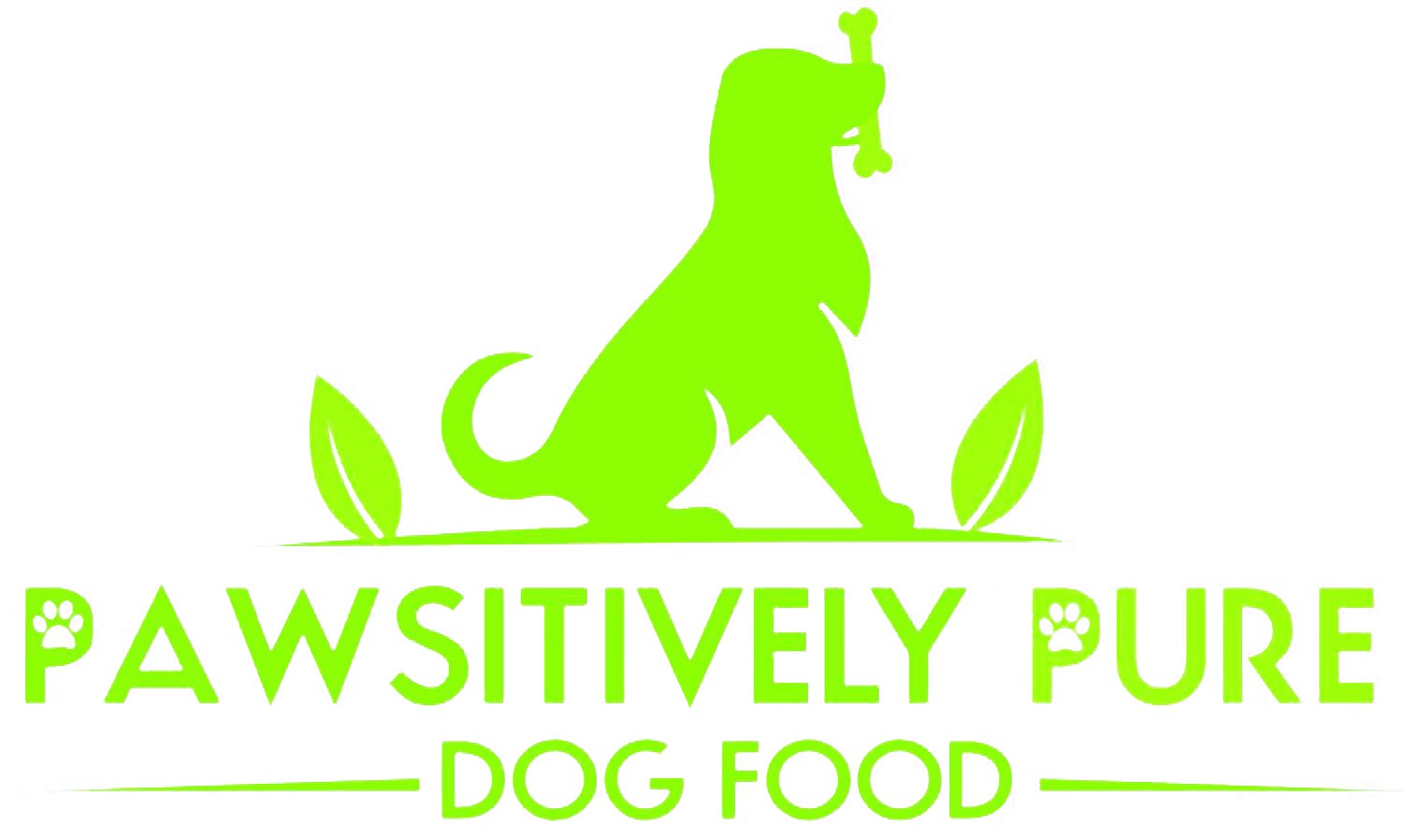Treats are an important part of every dog’s diet! Not only do they give you a way to reward good behavior and train further good habits, they allow you to beef up your pet’s nutrition as long as you make healthy choices. From training treats to larger chewables and bones, treats can keep your dog busy, strengthen their gums and teeth, and reinforce positive behavior at home and on the go.
Most veterinarians recommend keeping treats under 10% of your dog’s daily diet, and you should make sure that your pup gets the bulk of his nutrition from his food before filling up on cookies. But besides that, how do you know what treats are the right ones for your pet? Here are a few tips:
Include real vegetables, like carrots, green beans, or broccoli, for a healthy crunch and pure nutrition. On a hot day, many dogs love chewing on a handful of frozen veggies to cool down. Before you go to the fridge, though, make sure the fruits or vegetables you choose are not toxic to dogs. Onions, grapes, avocado, and chocolate are at the top of the do-not-feed list.
Opt for all-natural ingredients if you don’t rely on veggies for snacking. Many popular dog treats, like Milk Bones, are packed with sugar and other fillers designed to get your dog hooked. Even if you use treats sparingly, this amount of sugar can lead to serious tooth decay and bloated bellies. Remember: Dog treats aren’t required to meet the same health standards as complete nutrition systems, so go with a treat brand you can trust. (Hint: Pawsitively Pure’s limited-ingredient treats include nothing but the best!)
Be careful when giving your dog bones to chew on. If you want to give your dog a real bone to gnaw on, make sure it’s a raw, meaty bone like a turkey neck. Cooked bones become brittle and can splinter easily, causing a choking hazard. Some bones, like antlers, may be too hard for your dog’s teeth and can cause cracking. Pay attention to your dog’s reaction to their treats and always supervise snacking.
Choosing the right treats for your dog should be fun and exciting. When you have a handful of flavors to choose from, you can pick out the one that makes your pup’s tail wag the hardest. Even picky eaters love Pawsitively Pure cookies. To learn more or to shop for your favorites, click here.



